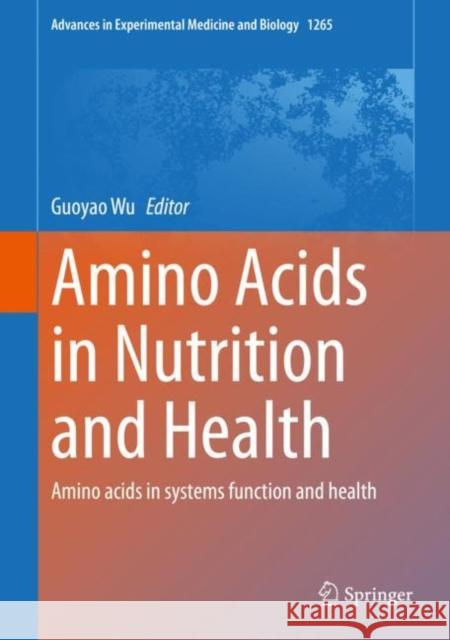Amino Acids in Nutrition and Health: Amino Acids in Systems Function and Health » książka
topmenu
Amino Acids in Nutrition and Health: Amino Acids in Systems Function and Health
ISBN-13: 9783030453275 / Angielski / Twarda / 2020 / 220 str.
Amino Acids in Nutrition and Health: Amino Acids in Systems Function and Health
ISBN-13: 9783030453275 / Angielski / Twarda / 2020 / 220 str.
cena 806,99
(netto: 768,56 VAT: 5%)
Najniższa cena z 30 dni: 771,08
(netto: 768,56 VAT: 5%)
Najniższa cena z 30 dni: 771,08
Termin realizacji zamówienia:
ok. 22 dni roboczych
Dostawa w 2026 r.
ok. 22 dni roboczych
Dostawa w 2026 r.
Darmowa dostawa!
Kategorie BISAC:
Wydawca:
Springer
Seria wydawnicza:
Język:
Angielski
ISBN-13:
9783030453275
Rok wydania:
2020
Wydanie:
2020
Numer serii:
000253056
Ilość stron:
220
Oprawa:
Twarda
Wolumenów:
01











